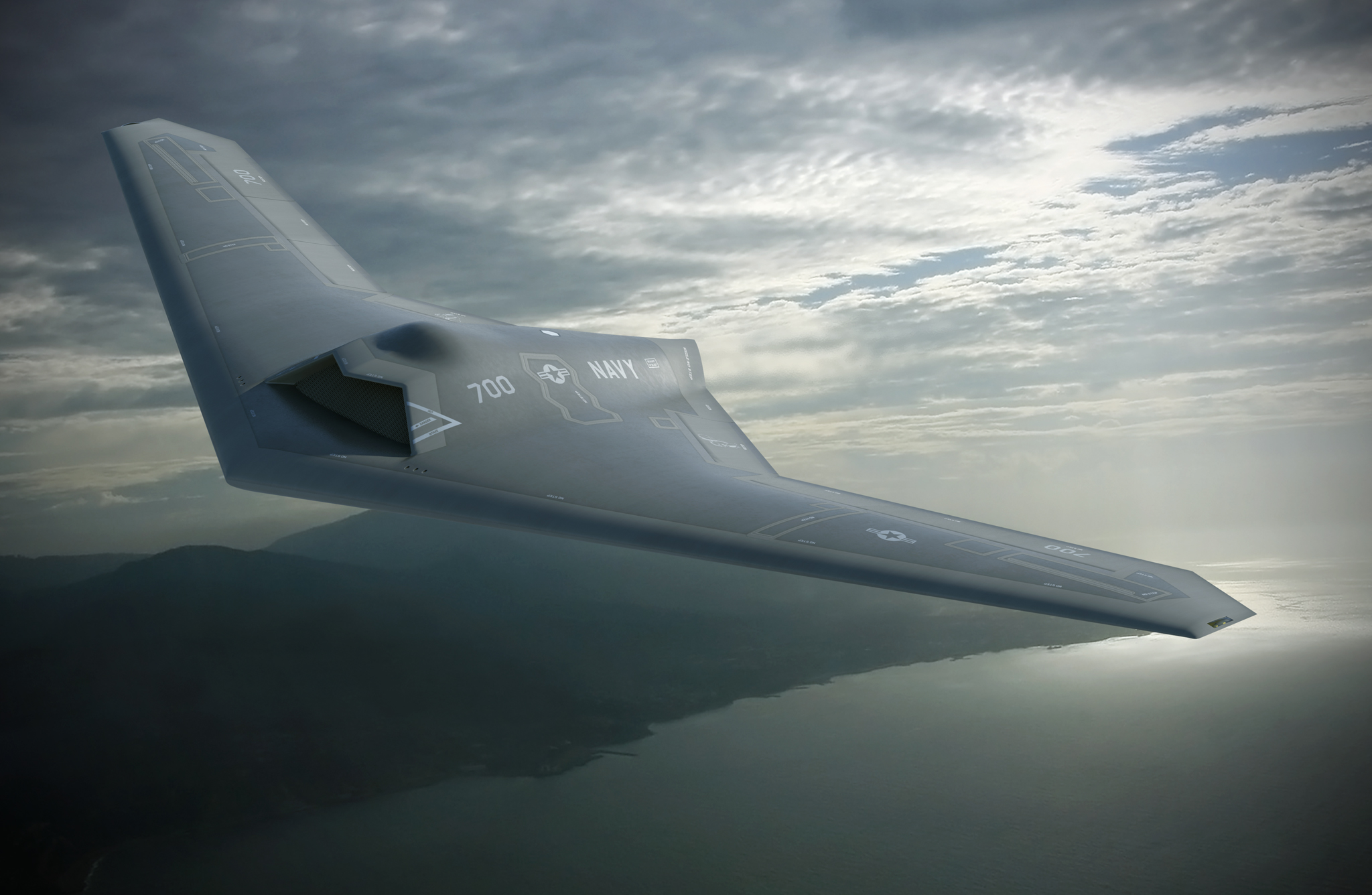
The Navy’s planned carrier-based unmanned aerial vehicle (UAV) will help the service in a transition from manned strike aircraft to a future autonomous strike platform, Secretary of the Navy Ray Mabus said on Wednesday.
While the final character of the Unmanned Carrier Launched Surveillance and Strike (UCLASS) is still being developed, Mabus said whatever the outcome it would likely not possess the autonomous deep strike capability into contested areas the service ultimately will require.
“What we currently think it won’t be able to do is in the current [request for proposal] we’re looking at, is to do autonomous contested strike,” Mabus told reporters following an address at the U.S Naval Academy (USNA).
“What we’re looking at UCLASS is to be the bridge between manned systems and completely autonomous unmanned strike — which will be sometime in the 2020s — to develop that program using UCLASS to get us there.”
The final Navy requirements for UCLASS’ air segment are contingent upon the findings of a Department of Defense UAV strategic program review (SPR, pronounced spear), which will be finalized later this year.
UCLASS has been among the service’s most hotly debated acquisition programs in recent memory. The majority of the naval aviation establishment is pushing for a high endurance aircraft that would be primarily a carrier-based information, surveillance and reconnaissance (ISR) platform with a light strike capability while some members in Congress and experts outside the Navy are pushing for a heavily armed stealthy penetrating strike aircraft.

“UCLASS can do a lot of stuff we still don’t know everything it can do because we haven’t put out the RFP yet, we don’t know what exactly industry can give us,” Mabus said.
“But UCLASS can certainly do ISR, UCLASS can certainly do refueling, we just proved that.”
The Navy has plans to introduce UCLASS to the fleet by 2022 to 2023
While Mabus said UCLASS might not be the penetrating strike aircraft some advocates are hoping for, the Navy will ultimately need an autonomous strike platform.
“We have to moved to unmanned. That’s the future,” he said in response to a question from an USNA midshipman.
“Not just ISR, not just refueling but strike.”
Mabus did not specify if the autonomous deep strike capability would be developed in a program before the service’s planned Boeing F/A-18E/F Super Hornet replacement program — F/A-XX.
“I don’t know exactly what program it will fall under, but whatever F/A-XX looks like it should be unmanned,” he said.
Next year, the service will start the Analysis of Alternatives for F/A-XX in conjunction with the Air Force’s F-X program.
Last month, Mabus predicted the Lockheed Martin F-35 Lighting II Joint Strike Fighter (JSF) “almost certainly will be, the last manned strike fighter aircraft the Department of the Navy will ever buy or fly,” he said in address at the Navy League’s 2015 Sea-Air-Space Exposition.
In the same speech he announced the creation a new deputy assistant secretary of the Navy for unmanned systems and a new Navy staff position — alongside warfare directorates like surface and air warfare — N-99.
“Unmanned systems, particularly autonomous ones, have to be the new normal in ever-increasing areas,” Mabus said in April.





